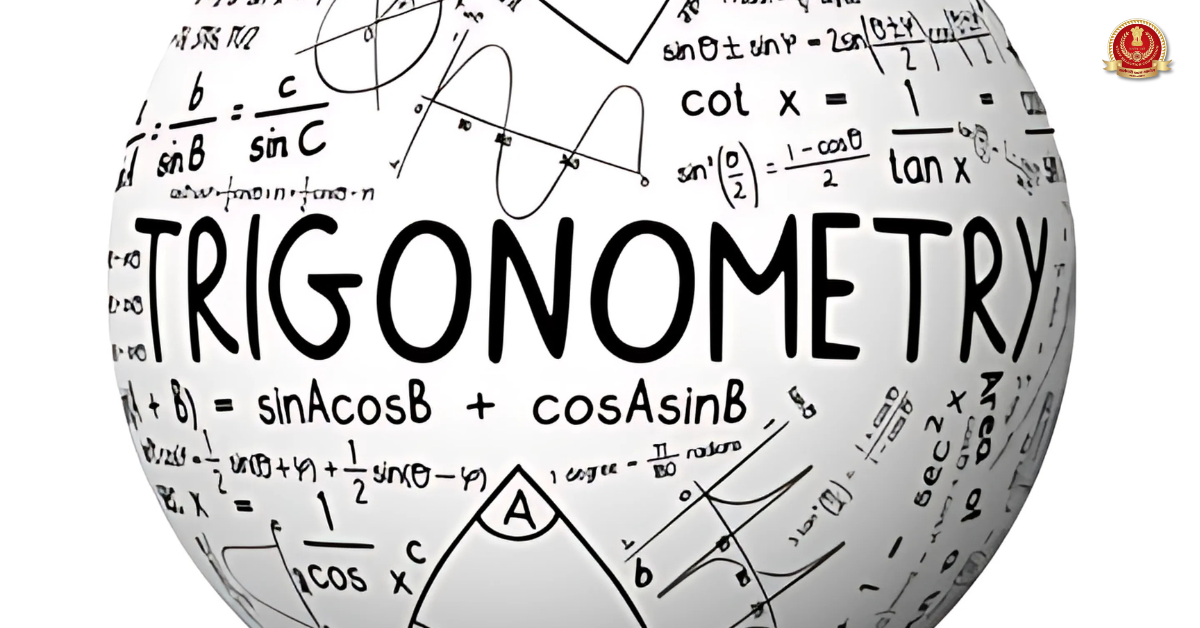CTBT Full Form
CTBT stands for the “Comprehensive Nuclear-Test-Ban Treaty”. The Comprehensive Nuclear Test Ban Treaty emerged from a collective global effort to address the threat posed by nuclear weapons testing. In this article, we will explore the full form of CTBT, its objectives, the journey of its development, and its current status in the pursuit of nuclear non-proliferation.
CTBT Full Form in Hindi
CTBT का मतलब “व्यापक परमाणु-परीक्षण-प्रतिबंध संधि” है। व्यापक परमाणु परीक्षण प्रतिबंध संधि परमाणु हथियार परीक्षण से उत्पन्न खतरे से निपटने के लिए एक सामूहिक वैश्विक प्रयास से उभरी।
Nature of the CTBT
The CTBT reflects the comprehensive nature of the treaty. It seeks to ban all forms of nuclear explosions for both civilian and military purposes.
- Initiation of Discussions: The call for a comprehensive ban on nuclear testing gained momentum in the 1950s and 1960s as the Cold War heightened nuclear tensions. International discussions on the need for a treaty intensified as the devastating consequences of nuclear testing became apparent.
- Pugwash Conferences: The Pugwash Conferences on Science and World Affairs played a pivotal role in fostering dialogue among scientists, policymakers, and advocates for disarmament. These conferences laid the groundwork for the eventual negotiation of the CTBT.
Development of CTBT: A Milestone in Nuclear Diplomacy
- Adoption by the United Nations: The negotiation process for the CTBT formally began at the Conference on Disarmament in Geneva. After years of discussions, the United Nations General Assembly adopted the text of the CTBT in 1996.
- Signature and Ratification: Since its adoption, a significant number of countries signed the CTBT, expressing their commitment to the treaty’s objectives. For the CTBT to enter into force, it required ratification by a specific set of countries, including those with nuclear capabilities.
Key Objectives of CTBT
- Ban on Nuclear Explosions: The primary objective of CTBT is to establish a verifiable and legally binding ban on all nuclear explosions, whether for civilian or military purposes. This prohibition includes underground, underwater, and atmospheric testing.
- Prevention of Nuclear Proliferation: CTBT serves as a critical tool in preventing the further spread of nuclear weapons. By limiting testing, the treaty aims to impede the development of new nuclear capabilities by both recognized and potential nuclear-armed states.
- Global Monitoring System: The treaty establishes a global monitoring system, including an International Monitoring System (IMS), to detect and verify compliance with the ban on nuclear testing. This system enhances transparency and ensures that violations do not go undetected.
Current Status and Challenges
- Entry into Force: Despite widespread support for CTBT’s objectives, the treaty has not yet entered into force. This is due to the requirement for ratification by specific countries, particularly those recognized as nuclear-armed states.
- Challenges from Non-Signatory Nations: Some nations, including notable nuclear-armed states, have not signed or ratified the CTBT. The absence of universal participation poses a challenge to the effectiveness of the treaty in achieving its intended goals.
- Advocacy and Diplomacy: International organizations, non-governmental organizations (NGOs), and advocates for nuclear disarmament continue to engage in advocacy and diplomatic efforts to encourage the signing and ratification of the CTBT by key nations.
The Road Ahead: Prospects for Nuclear Disarmament
- Renewed Commitment: Efforts to revive momentum for the CTBT and nuclear disarmament have gained traction in recent years. Global leaders and activists are calling for a renewed commitment to the principles outlined in the treaty.
- Technological Advances and Verification: Advances in technology, including those related to verification and monitoring, provide new opportunities to strengthen the CTBT. These technological tools enhance the ability to detect and deter clandestine nuclear testing.
- International Cooperation: The journey towards a world free of nuclear weapons requires sustained international cooperation. Diplomatic initiatives, dialogue, and forums for multilateral discussions play a crucial role in building consensus and addressing concerns.
Conclusion – CTBT Full Form
In conclusion, the full form of CTBT, the Comprehensive Nuclear-Test-Ban Treaty, encapsulates a vision for a safer and more secure world by curbing the proliferation of nuclear weapons. While the challenges of achieving universal ratification persist, the treaty stands as a testament to global efforts to prevent nuclear testing and foster international peace. As advocates and leaders continue to navigate the complexities of nuclear diplomacy, the CTBT remains a beacon of hope for a future where the threat of nuclear weapons is eliminated, and the world can collectively embrace the promise of a nuclear-weapon-free existence.
- Why is The SSC CGL Called a Mini IAS?
- Important Number System Questions for SSC Exams, Practice Here
- Trigonometry Questions For SSC CGL 2025, Solve Important Questions
- How to Prepare for SSC CGL with Full Time Job? Get Complete Guide
- 40 Geometry Formulas PDF – Download Here
- RRB ALP Mock Test 2025 Official Link , Know How to Solve
CTBT Full Form – FAQs
Ans. CTBT stands for the “Comprehensive Nuclear-Test-Ban Treaty”.
Ans. CTBT का मतलब “व्यापक परमाणु-परीक्षण-प्रतिबंध संधि” है।

Hello, I’m Aditi, the creative mind behind the words at Oliveboard. As a content writer specializing in state-level exams, my mission is to unravel the complexities of exam information, ensuring aspiring candidates find clarity and confidence. Having walked the path of an aspirant myself, I bring a unique perspective to my work, crafting accessible content on Exam Notifications, Admit Cards, and Results.
At Oliveboard, I play a crucial role in empowering candidates throughout their exam journey. My dedication lies in making the seemingly daunting process not only understandable but also rewarding. Join me as I break down barriers in exam preparation, providing timely insights and valuable resources. Let’s navigate the path to success together, one well-informed step at a time.






